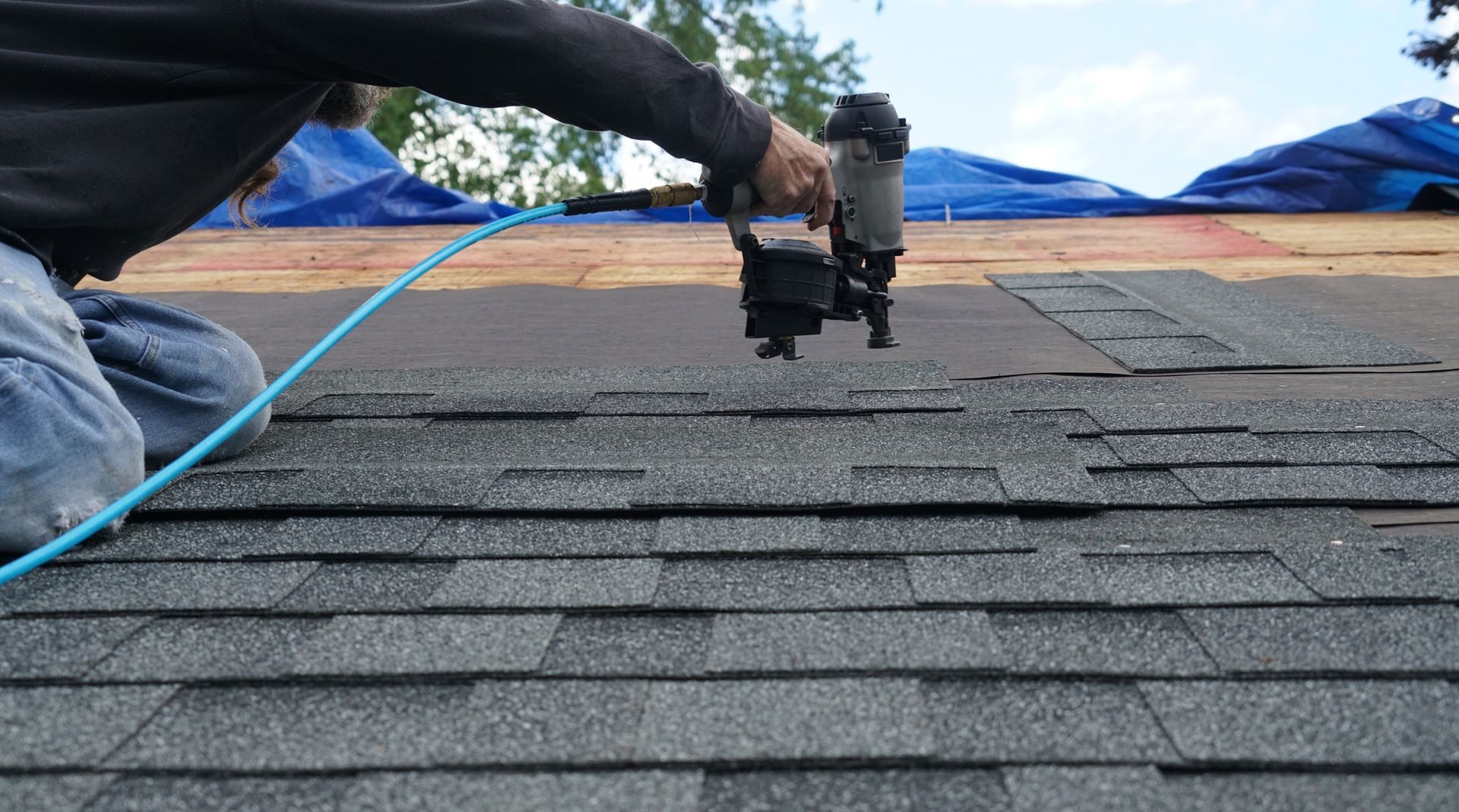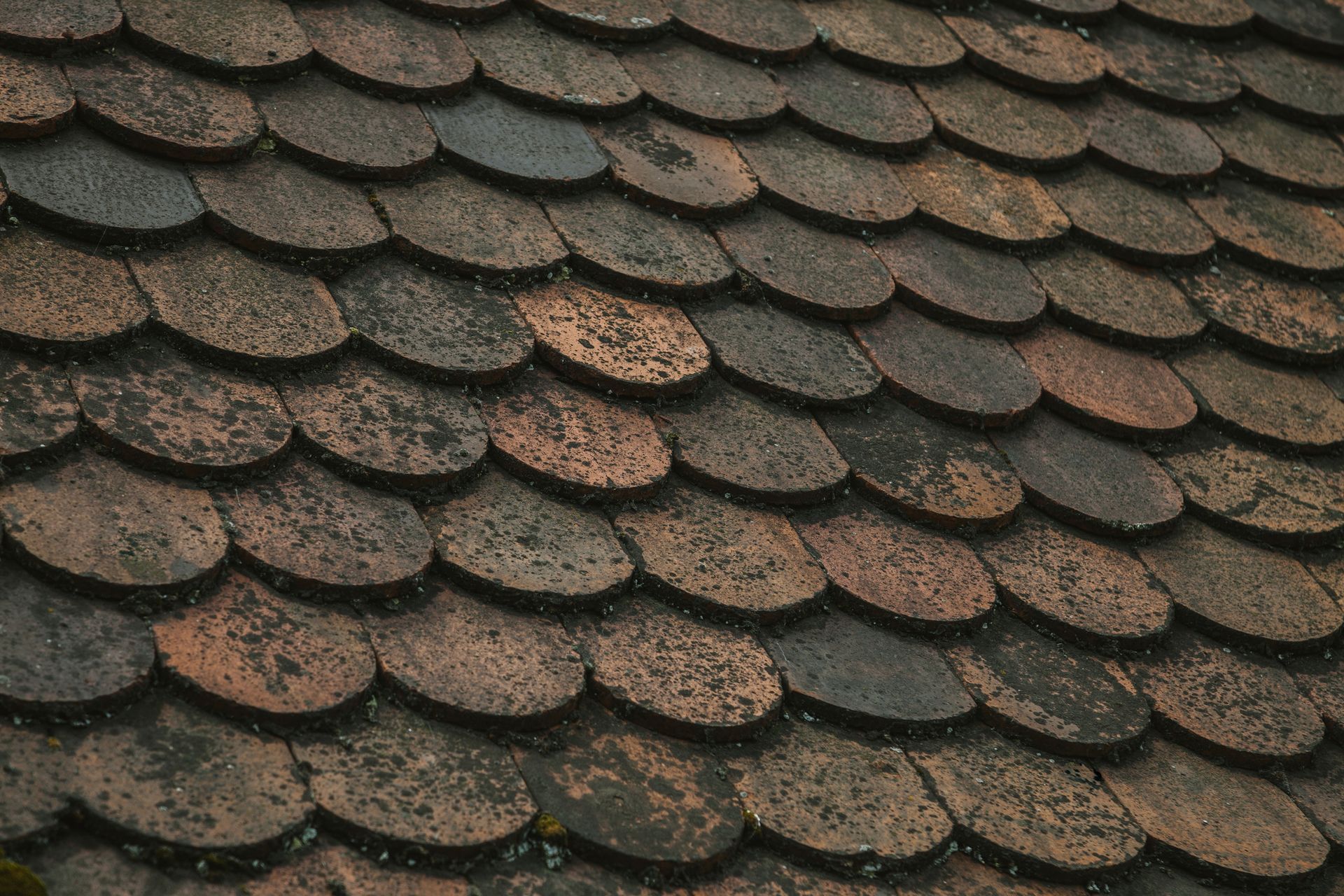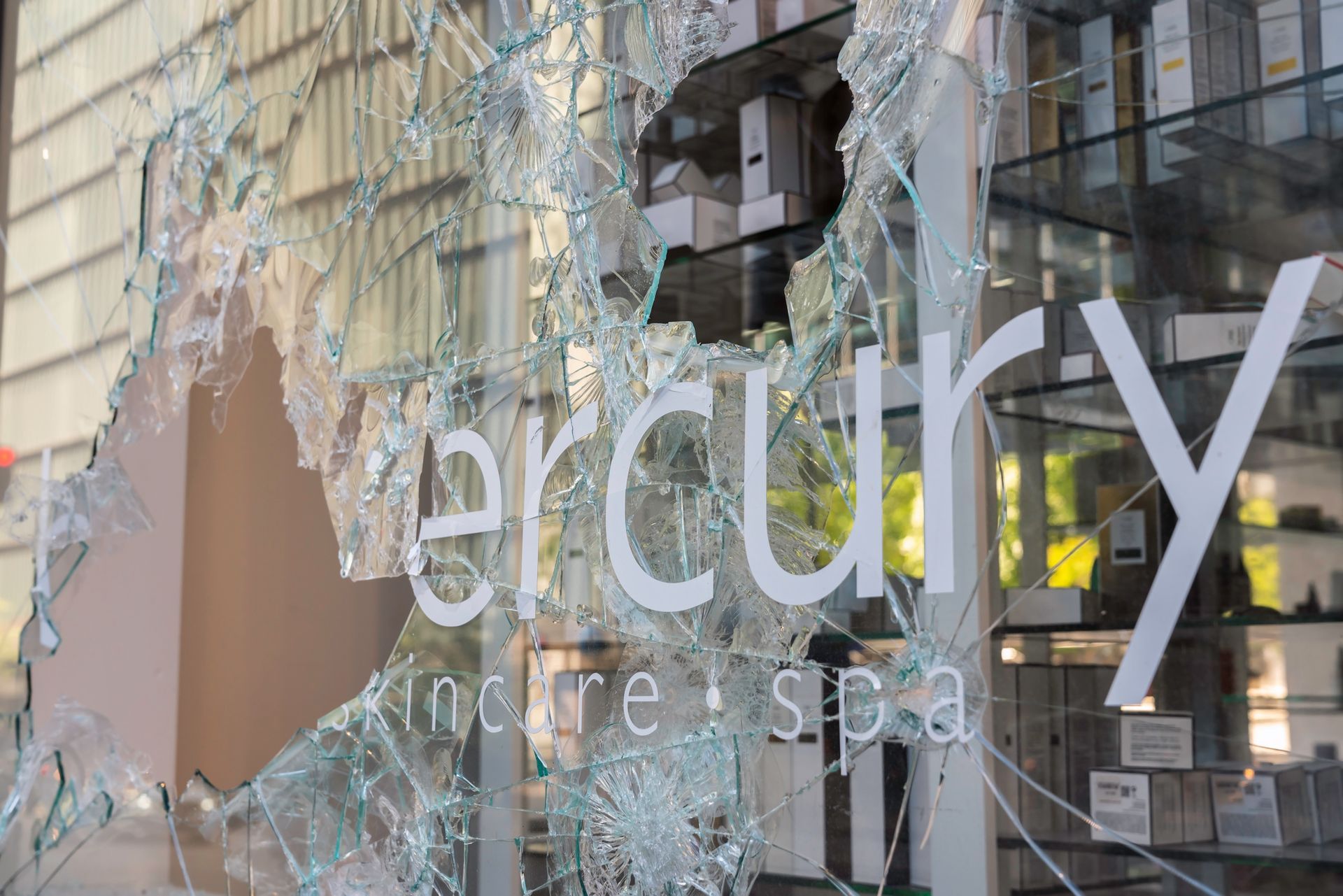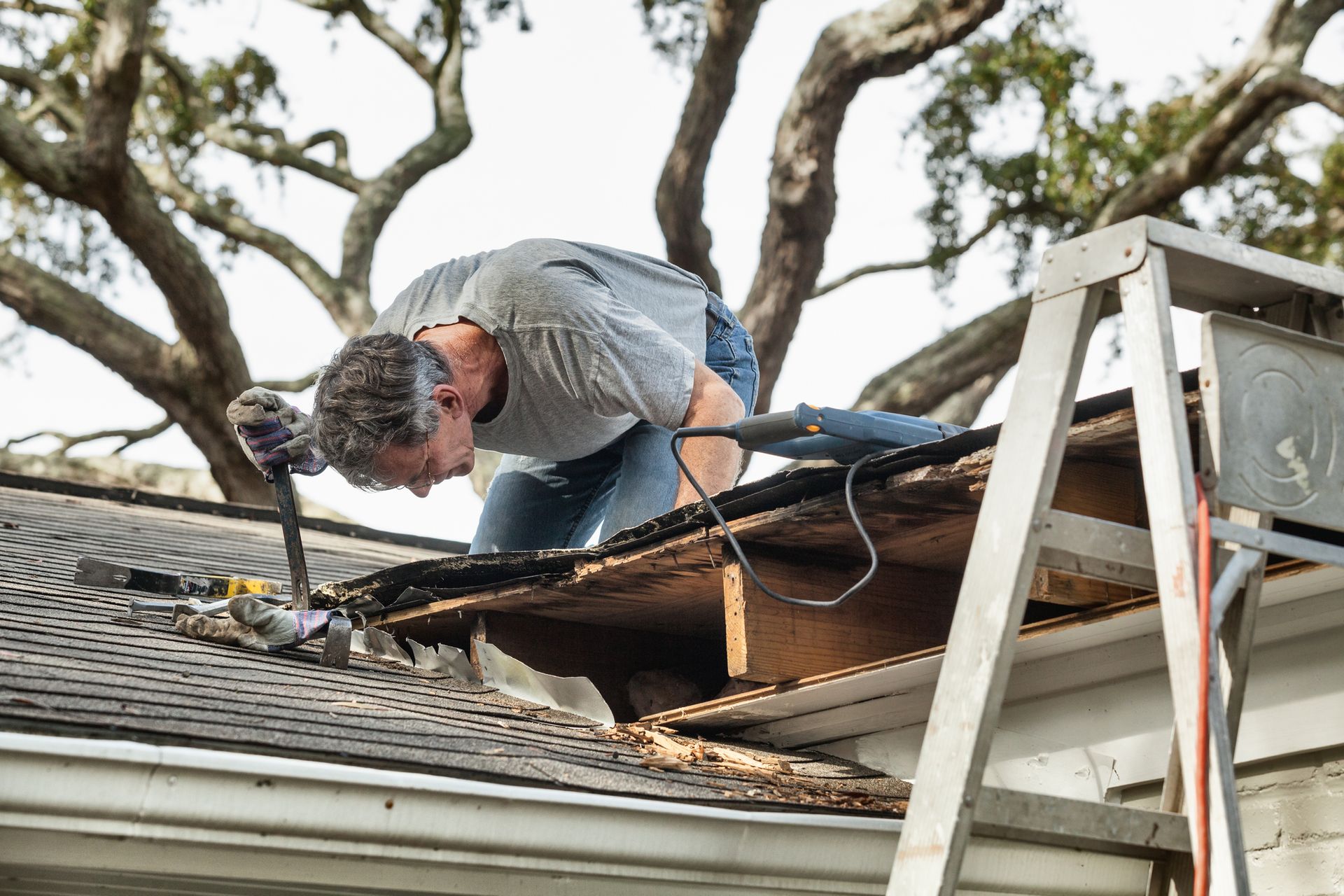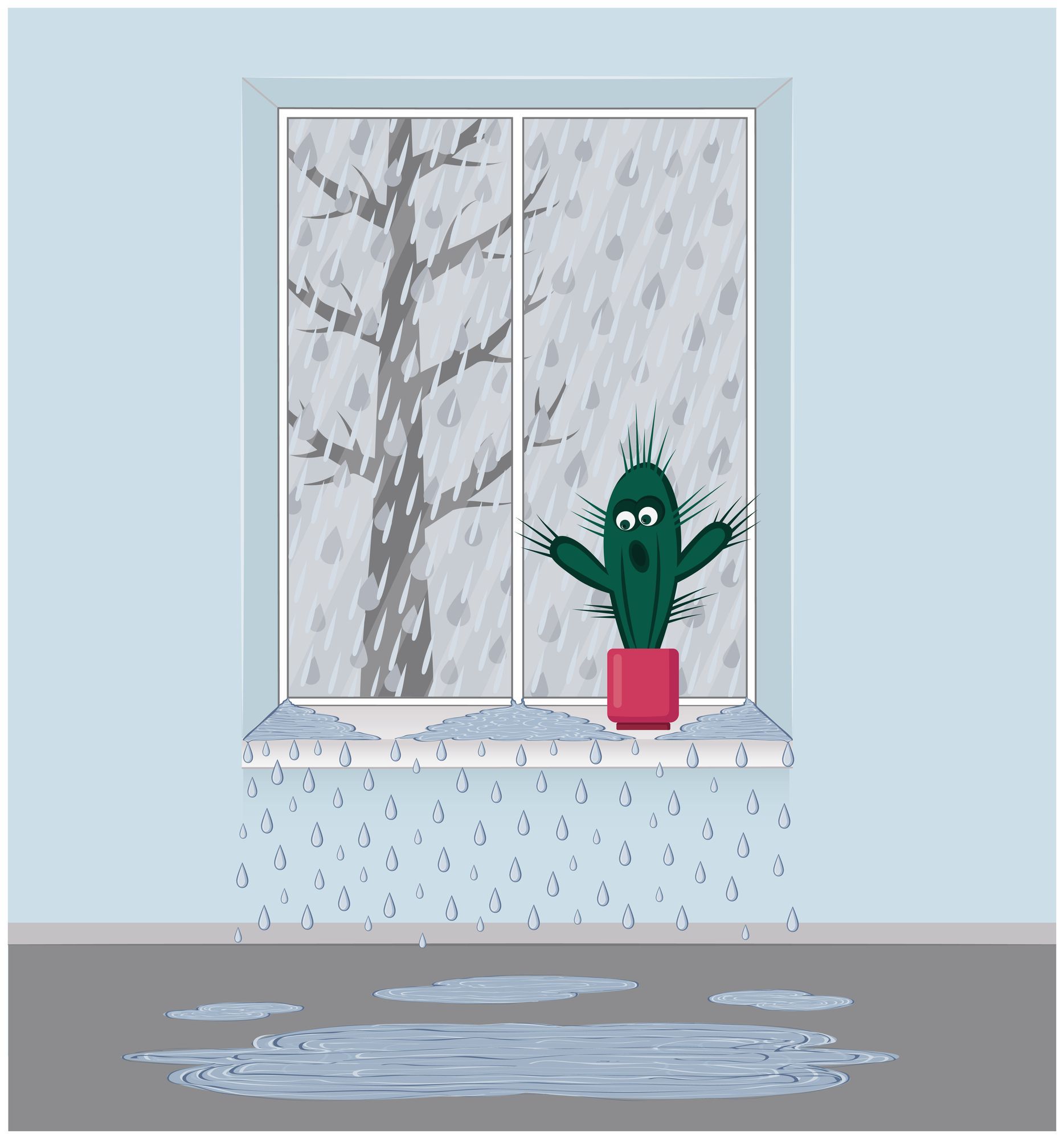What is the most durable type of roof?
Rachael Eslao • July 8, 2021
What is the most durable type of roof?
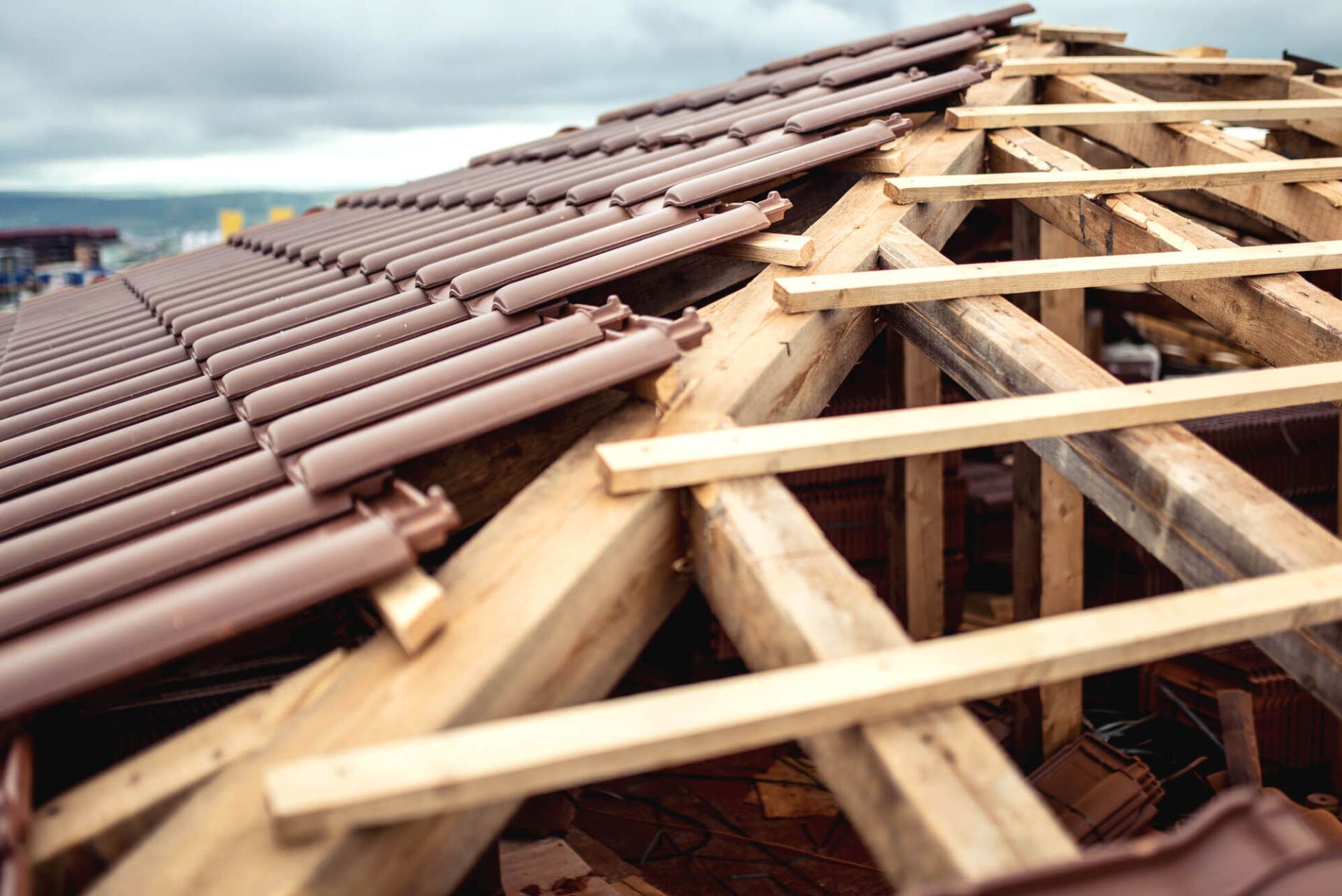
If you are deciding what material to use for roofing, durability is the most critical factor. Your roof should provide your home with the protection it needs throughout its lifetime, one that will stand the test of time.
A roofing material's durability goes beyond its ability to withstand the elements. You should also consider other features and benefits. Is the material energy-efficient? Can it prevent mold and leaks? Is it prone to weather damage?
Which Type of Roof Is the Most Durable?
When all is said and done, there is one material that stands out above the rest. Aluminum alloy roofs are the strongest roofs currently available to homeowners. Steel and aluminum are most often used to make these alloys, but copper and zinc can be used as well.
Metal Roofing
Sheets of metal are not an entirely new invention. However, it is extremely durable. The average life expectancy of metal roofs is 50 years. Most homeowners would not stay for that long in one place, ensuring that the roof will last for the next homeowners, also giving them peace of mind.
Furthermore, metal roofs have the advantage of being eco-friendly. Metal roofs conduct heat well, which makes them a better choice for insulating than most other options. In addition, recycling roof shingles at the end of their lifespan is a very simple process.
Flat Roofs
Rubber and polymer sealants protect flat roof materials from chemical, environmental, and ultraviolet damage. To increase the durability of your home, metal roofing can be paired with flat roofs. The pigmentation of these sealants ensures a cool home in the summer due to their insulation properties.
Other Durable Roof Options
You have a few other options if metal roofs aren't available where you live. They will definitely work even though they are not as durable or inexpensive as metal.
Asphalt Shingles
When money is tight, choose asphalt shingles. The best roofers charge no more than $5.00 per square foot for asphalt shingles, making them the most cost-effective roofing material. You should, however, consider what you are getting for your money. Typically, asphalt shingles last no more than 20 years, and that assumes you live in an area with little weather variation.
You could also use architectural shingles. Asphalt shingles come in a variety that has a slightly longer lifespan (and so are a bit more expensive). Architectural shingles last three times as long as asphalt shingles.
Plastic Polymer Roofing
Metal polymers aren't the only ones flooding the market. The roof can also be made of polymer-based plastic.
There are several benefits to plastic polymer roofs, including durability, flexibility, and availability. It is ideal for roofs with unique slopes and shapes since it can be carved into any shape or configuration. In addition, it can be painted, stained, or colored in any way you like. In spite of extreme weather conditions and hail damage, it can last up to 50 years.
The main difference between plastic polymer roofing and other plastic roofing options is its cost.
Slate Shingles
If you want to cover your house with something really luxurious, you may also want to consider slate shingles.
In terms of roofing materials, slate shingles are an excellent choice. Due to their natural appearance, they resemble classic English cottages or ancient Roman villas. Slate shingles can also serve as a fire-resistant alternative to metal roofs, although they cannot be as accurate as metal roofs. There is a lifespan of 120 years for these tiles (triple that of metal roofing, our first pick).
Life expectancy has some caveats, however. Despite their stone-like appearance (and their actual stone content), slate shingles are fragile. It only takes a few things to damage slate shingles, whether it's the weather, falling limbs, or rowdy squirrels. Because of their configuration, a cracked shingle quickly leads to the cracking of the rest.
If you are in need of Emergency Roof Trapping or Boarding Up services due to a fallen tree or other disasters, contact Roof Trap & Board Up today!



